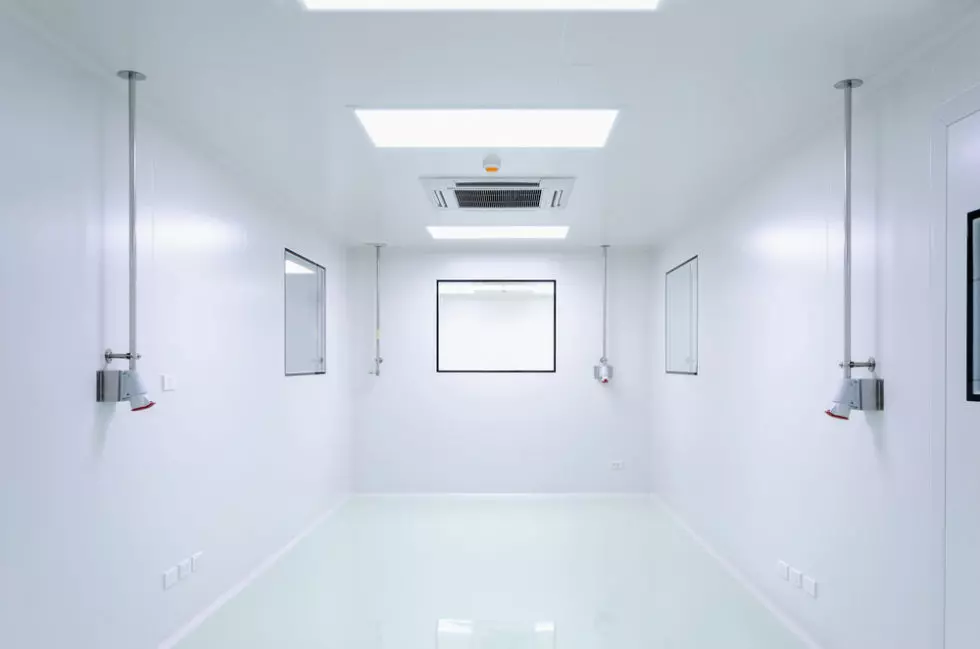


Light-emitting diodes, also known as LEDs, are one of the most popular lighting options on the market today. But, despite their popularity, many commercial applications including inplant offices, warehouse offices, and offices in other industrial facilities have yet to make the switch. If you’re planning for a new inplant office or are looking for ways to improve your existing inplant office lighting, LEDs are a smart way to go. Here are 5 advantages that LED lighting can offer to commercial and professional spaces.
LEDs have the longest lifespan of any lighting option on the market. On average, the typical LED lightbulb can last between 50,000-100,000 hours, which is nearly 40 times longer than an incandescent bulb. Even inplant offices and industrial facilities that use fluorescent bulbs or CFLs can expect an LED bulb to last 2-4x longer.
What does a longer lifespan mean for you? It means you buy fewer bulbs and spend less time replacing them or paying a maintenance professional to replace them for you.
In addition to their exceptionally long lifespan, LEDs are remarkably energy-efficient, without reducing brightness. According to SiteLogiq, if you replaced all the lighting in your inplant office or facility with LEDs, you could see as much as 60-70% improvement in your building’s energy efficiency.
Especially for inplant offices that remain lit at all times, like those with an observation or supervisory deck in a manufacturing facility, those savings could be even greater. When you save on energy, you save on costly utility bills. What’s best about this energy efficiency is that LEDs deliver efficiency without sacrificing brightness.
Especially for inplant offices where you have a range of activities going on, from traditional paperwork to production supervision, and even quality control, quality lighting is a must. If you’ve ever taken a look at a pair of socks and couldn’t quite tell whether one was navy or if they were both black, a bulb with a poor color rendering index (CRI) could be to blame.
A light’s CRI is a measure of its ability to accurately represent an object’s genuine color compared to a natural light source. Though incandescents were great at this, they had such poor efficiency, they were pushed out of the market by CFLs, which solved the energy efficiency problem, but delivered a much lower quality CRI (A CFL could be the reason that navy sock looks black until you walk outside).
LEDs provide a solution to both problems. We already know they’re remarkably energy-efficient, but LEDs also boast a CRI in the high-90s, which is about as close as you can get to the sun’s perfect 100. This is ideal for commercial and industrial inplant office environments where being able to accurately see colors and small parts is essential.
Many commercial and industrial inplant office house temperature-sensitive operations. Manufacturing facilities, for example, have a reputation for being overly warm thanks to heavy machinery. Unlike other lighting options, LEDs don’t emit heat or UV emissions, which makes them perfect for sensitive applications and already warm manufacturing environments. They don’t contribute to an increased temperature, and because they do not emit UV rays, they won’t affect sensitive parts and products that can be damaged with UV ray exposure.
Across industries, environmental performance is a consumer priority. Consumers are always looking to support companies and suppliers who share their same concern for the environment. LEDs help companies in their efforts to move towards green or eco-friendly operations by significantly reducing energy use. In addition to using less energy, LEDs are also mercury-free. This means they can be safely disposed of or recycled without special care or handling.
LEDs are a great lighting choice offering a number of benefits to your new or existing inplant office. No matter the size or end-use application of your inplant office, it’s good to know that LEDs come in panels, strips, and individual bulbs. Illuminate your space with the LED options that best suit your facility’s needs. For more information about illuminating industrial spaces with LEDs, contact the Starrco team. We’re proud to offer only high-performance LED lighting options for all of our inplant office projects.